What are the differences between grinding and polishing?
Grinding and polishing are two terms that often appear together, but their concepts are different.
Grinding
Grinding is a micro-machining process technology. It uses the power of the grinding tool and the abrasive on the working machine to feed a small amount, apply pressure on the workpiece surface, and grind at a low speed to continuously change, to remove the tiny protrusions on the workpiece surface, to achieve the purpose of micro-precision machining on the surface of the workpiece being processed;
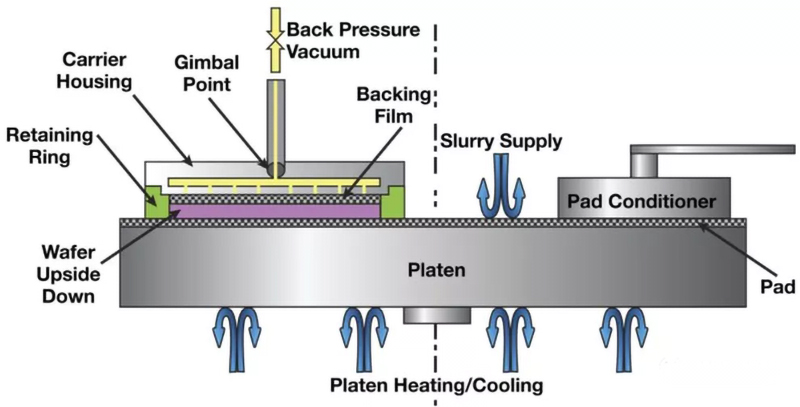
When the grinding tool contacts the workpiece, through modeling and simulation of pressure, it automatically and only grinds the uneven parts of the workpiece surface, so that the grinding tool and the workpiece can correct each other, and gradually improve the accuracy of the workpiece surface.
The machining accuracy of ultra-precision grinding is mainly determined by factors such as the contact properties and pressure characteristics between the workpiece and the grinding tool, and the shape of the relative motion trajectory, and it can be said that it has nothing to do with the accuracy of the machine tool that constitutes the relative motion.
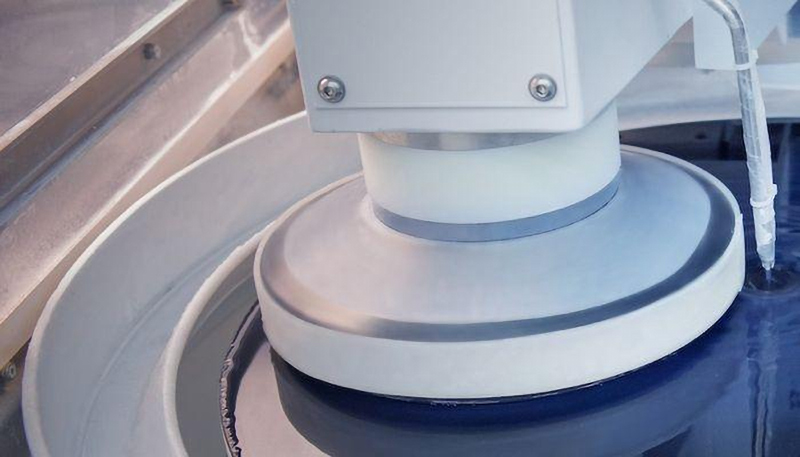
Benefits of grinding
Another benefit of using grinding is that it has good adaptability;
It can process various solid materials, such as various metal materials, semiconductor materials, glass materials, etc.;
And process common solid material shapes such as planes, holes, outer circles and silicon wafer substrates
Compared with other surface treatment technologies, the advantages of grinding are irreplaceable.
Ultra-precision grinding has higher processing accuracy and quality than cutting and grinding, and is more suitable for the production of plane precision processing, and has the advantages of simple equipment, easy operation and high processing accuracy.
Polishing
Polishing is a process that uses a polishing wheel made of low-elastic material, or a polishing wheel made of soft elastic or high elastic material that rotates at a low speed, plus polishing wax, to rub the workpiece to obtain a smooth and bright surface. It is a processing method with certain abrasive properties.
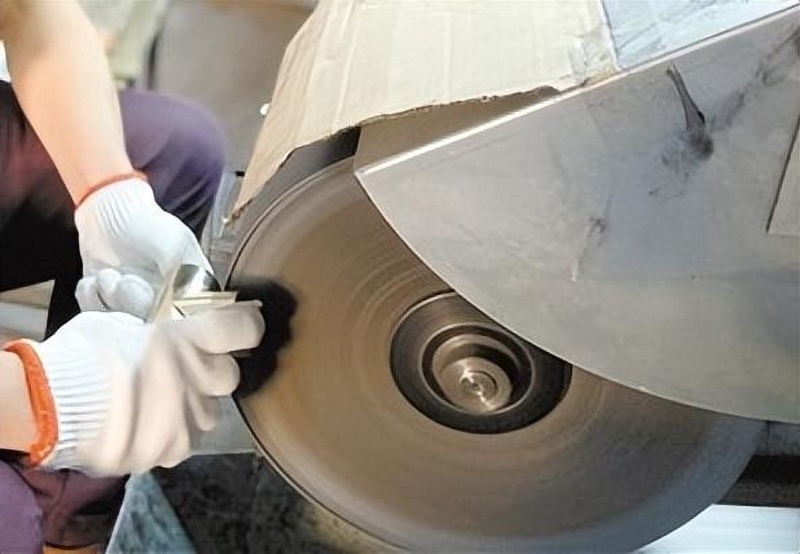
*Polishing wheels are generally made of multiple layers of cotton cloth, wool felt or linen, clamped on both sides with metal sleeves, and polishing wax made of a uniform mixture of micro-powder abrasives and grease is applied to the edge of the wheel.
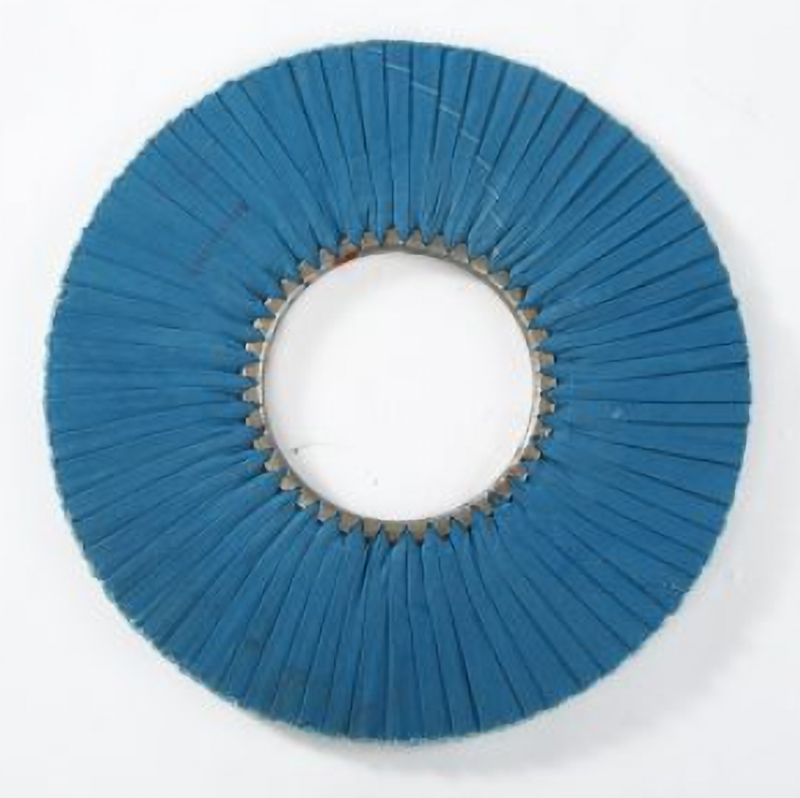
Since the fine abrasive grains used in polishing are in the range of 0.1µm to 100µm, it cannot improve the accuracy of the workpiece geometry and size. Polishing is for the purpose of obtaining a smooth surface/mirror gloss, and can also be used to create a matte brushed effect (eliminating gloss).
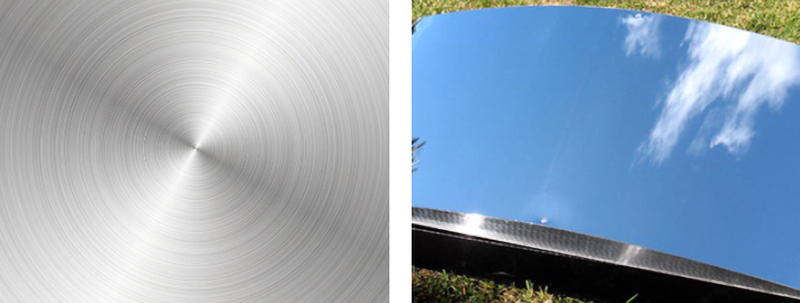
Generally speaking, there is not much difference between grinding and polishing, except for the choice of abrasives and tool materials. People usually call the processing method using hard tools grinding, and the method using soft tools polishing. But in fact, in the field of ultra-precision machining, there is no difference between ultra-precision grinding and ultra-precision polishing.






